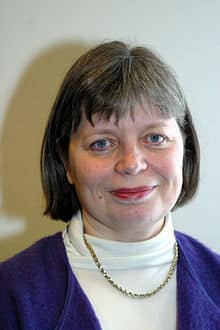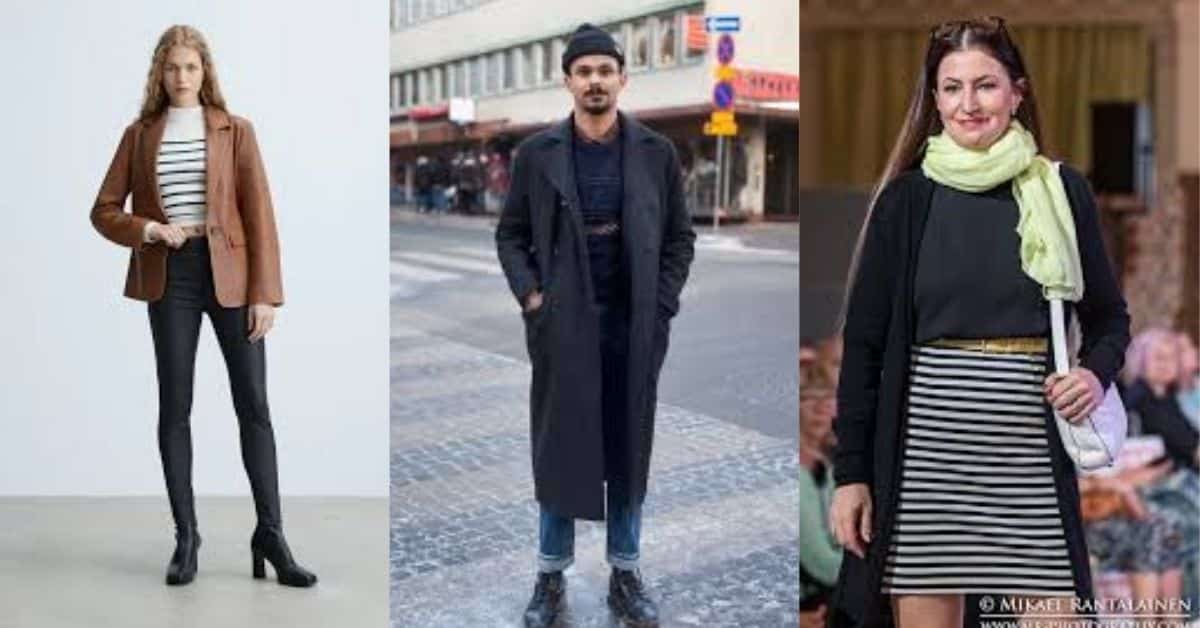
TRENDING FASHION IN GREECE
31 December 2022
TRENDING FASHION IN MOLDOVA
14 January 2023Finland is a Nordic nation in Northern Europe, formally known as the Republic of Finland. In addition to the Gulf of Bothnia to the west and the Gulf of Finland across Estonia to the south, it shares land boundaries with Sweden to the northwest, Norway to the north, and Russia to the east. Finland has 5.6 million residents and a land area of 338,455 square kilometers. The largest city, Helsinki, along with the nearby towns of Espoo, Kauniainen, and Vantaa make up a broader metropolitan region. Finns make up the large majority of the population. Swedish and Finnish are both recognized as official languages. 5.2% of the population speaks Swedish as their first language. The climate of Finland ranges from a humid continental climate in the south to a boreal climate in the north.
Till the 1950s, Finland was still predominately an agricultural nation. After the Second World War, the nation quickly industrialized, grew economically, and established a comprehensive welfare state based on the Nordic model, leading to widespread wealth and a high per capita income. In addition to joining the OECD in 1969, the NATO Partnership for Peace in 1994, the European Union in 1995, the Euro-Atlantic Partnership Council in 1997, and the Eurozone in 1999, Finland joined the United Nations in 1955 and formally declared its neutrality. In terms of many national performance indicators, such as education, economic competitiveness, civil rights, quality of life, and human development, Finland ranks among the top countries. Finland was the most stable nation in the world between 2011 and 2016, according to the Fragile States Index, and it ranked first in the World Human Capital Index and Press Freedom Index in 2015. It is second in the Global Gender Gap Report and has been at the top of every World Happiness Report since 2018.
TRENDING FASHION IN FINLAND



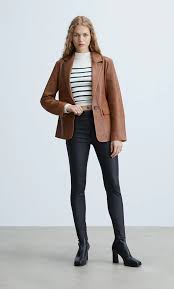
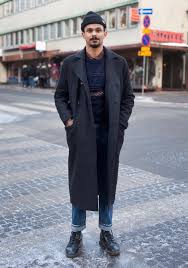





ACCESSORIES IN FINLAND



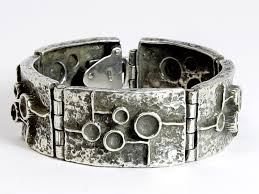




















TRIBES IN FINLAND AND THEIR FASHION
The Finns People
A Baltic Finnic ethnic group. Finns are native to Finland. Both individuals who are native to and those who have emigrated from these countries are usually classified into smaller regional groups that span numerous nations bordering Finland. Some of these could be considered distinct ethnic groups as opposed to subgroups of Finns. The language used by Finns, Finnish, is closely linked to Estonian and Karelian, two other Balto-Finnic tongues.

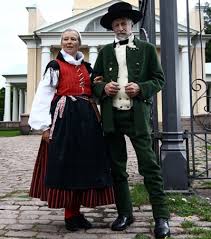

The Travelian People
Since the beginning of the Stone Age, Tavastia has been populated. Around Lake Vanajavesi, ancient Tavastia’s central region developed. The hillforts that form a distinct line in a south-to-north direction surrounding Hämeenlinna are an illustration of the organized cooperation of iron age Tavastians. The largest hillfort in Finland, Rapola Castle, is the most notable of these fortresses, but Hakoinen Castle and Tenhola hillfort near Hattula were also significant strongholds.




TOURIST AND HISTORICAL PLACES IN FINLAND
Ranua wildlife Park – more than 50 types of animals that live in the arctic are housed in this park, which functions as both a zoo and a wildlife preserve. The only polar bears to live in Finland, Venus and Manse, are the most well-known residents. Numerous reindeer, smaller wild forest reindeer, and several different types of deer are naturally found in the area.

Design Museum – in the central neighborhoods of Punavuori, Kaartinkaupunki, Kamppi, and Ullanlinna, known as Design District Helsinki, you’ll discover studios, galleries, and shops that specialize in modern designs for clothing, jewelry, home décor, tableware, and daily products.

Rovaniemi and the Arctic – the town of Rovaniemi, in northern Finland, claims to be the Gateway to the Arctic because the Arctic Circle passes directly through it. This entails the renowned Midnight Sun in the summer.

Lake Saimaa and Savonlinna – more sea than land covers Finland’s entire eastern coast. Eastern Finland has literally thousands of lakes, rivers, marshes, and ponds, making it a fantastic water playground. Massive Lake Saimaa, sometimes known as the “lake of a thousand islands,” dominates the area. Without counting the various islands, the actual size of Lake Saimaa is about 1,300 square kilometers.

Oulu – at the mouth of the Oulujoki river, sweet little Oulu is located close to the northern tip of the Gulf of Bothnia. On the island of Linnansaari, near the mouth of the Oulujoki, King John III of Sweden built a fortress in the late 16th century, which served as the center of the first settlement.
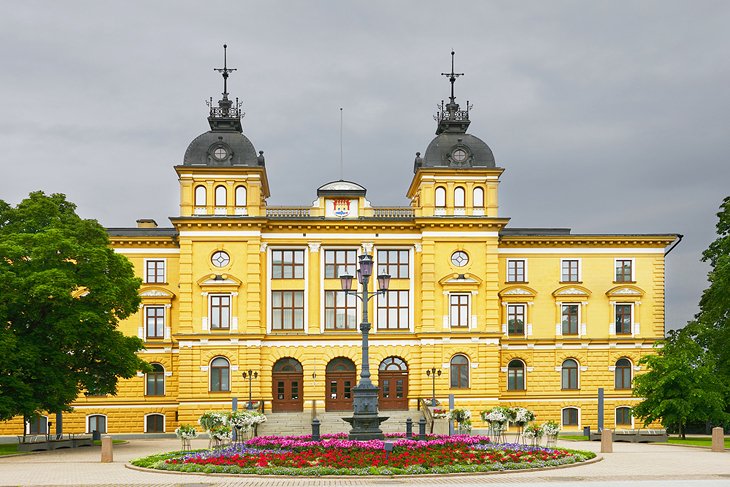
Northern Lights – if the sky is clear, tourists are nearly assured of seeing a display. In the north, there are many hotels that cater exclusively to visitors who wish to see the lights. Additionally, you can sign up for free email alerts about the Northern Lights through the Finnish Meteorological Institute.
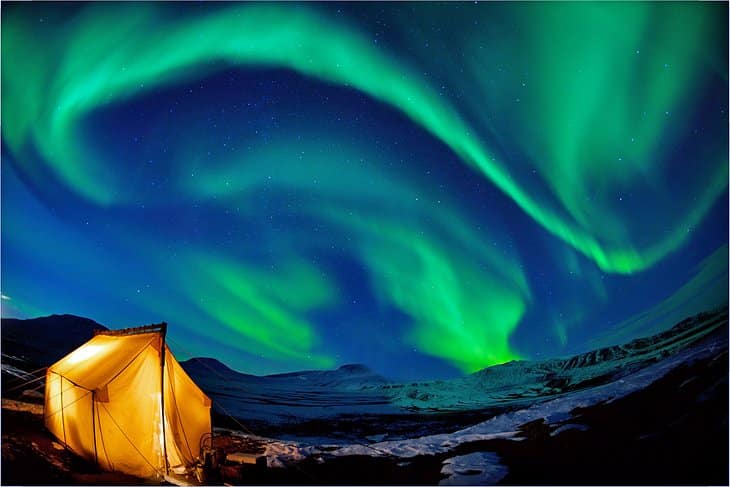
Lemmenjoki National Park – perfect for anyone looking to explore the Arctic wildness. With a total area of more than 2,589 square kilometers, the boreal forest is both the largest park in Finland and one of the largest areas of undeveloped land in all of Europe.
Lemmenjoki National Park

Turku – Turku is located in the region where the Swedish Vikings’ descendants first arrived in the 12th century with plans to conquer what is now Finland.

Tampere – Finland’s third largest town, was established in 1779 as an industrial colony despite not having the feel of a sizable urban core. It is situated between two lakes, Pyhäjärvi to the south and Näsijärvi to the north, which are connected by the Tammerkoski, a kilometer-long section of rapids.

Dogsledding in Rovaniemi – skiers and anyone who enjoy snow and ice activities will find the Arctic region to be a paradise in the winter. You may go on a dogsled safari across frozen lakes and visit Sami villages, learn to pull your own reindeer sled, cross-country ski for hours, and gaze at the breathtaking northern lights.

Porvoo – the second-oldest town in the nation, located 48 kilometers east of Helsinki. From a gorgeous riverside flanked with tiny red wooden buildings, it rises to its hilltop medieval cathedral through a charming maze of old alleys and ochre-colored wooden dwellings.

Helsinki Churches – the largest Orthodox church in Western Europe, with an interior glistening with gold, icons, crosses, altars, and elaborately decorated arches. The cathedral serves Helsinki’s sizable Russian community and welcomes guests.

Suomenlinna Fortress – the primary attraction is the fortress-castle, previously known as Sveaborg, whose construction started in 1748 when under Swedish administration. The fortress was abandoned to Russian invaders in 1808, and during the next century, it fell into disrepair.

Kauppatori – the city’s significant landmarks look out over Helsinki’s waterfront, which is a crucial component of the city. Additionally, it’s a well-liked meeting place with an outdoor market of nearby farmers, craftspeople, food producers, and fishermen who do direct sales from their boats.

Hämeenlinna – like many Finnish towns, Hämeenlinna got its start close to a fortress, in this case the Tavastehus Castle from the 13th century. Hameenlinna’s characteristic red-brick fortifications are at the top of the list of attractions to visit.

Åland archipelago – consists of over 10,000 tiny islands in addition to a few larger ones. Åland has a distinctive past. Sweden gave it up to Russia in 1809. The fortification was destroyed in 1854 when a combined British-French fleet captured the islands.
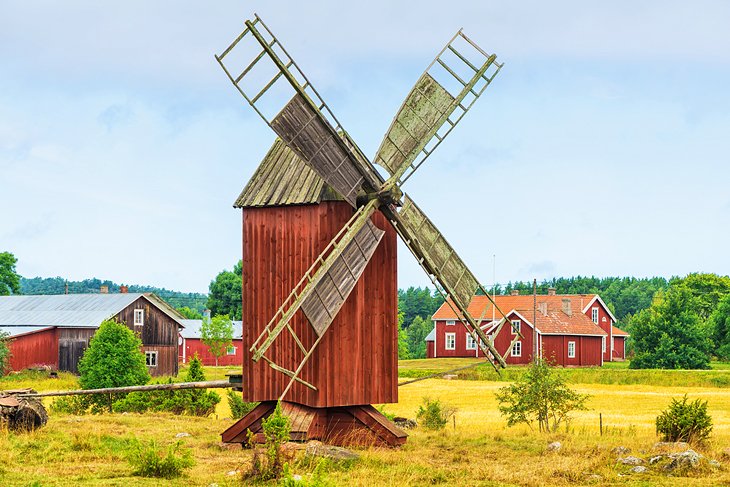
Vaasa – The vast market place, which is surrounded by a diverse selection of cafes, eateries, and stores, serves as the hub of city activity. There are numerous attractions in this tranquil village. The waterfront, which starts in front of the town and stretches for kilometres down the coast, is accessible to visitors for strolling.
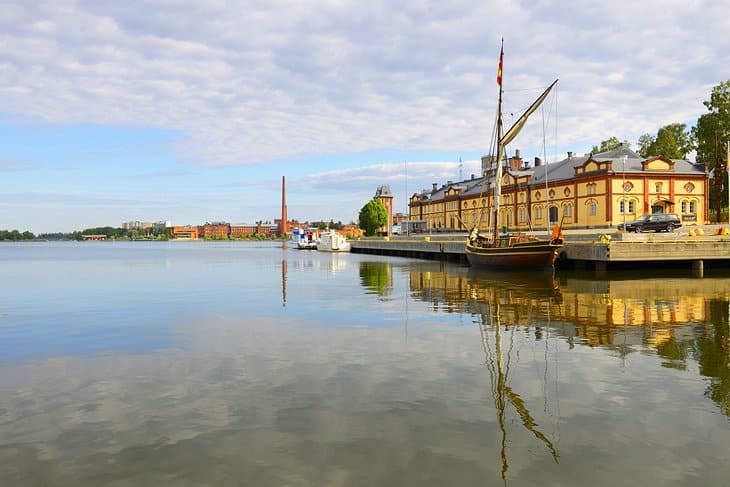
MUSIC IN FINLAND
Finland’s folk music is a part of a larger musical tradition that is popular among Balto-Finnic people and is sung in the so-called Kalevala meter. Old-style folk songs were gradually becoming less widespread in western Finland, but they were still prevalent in the east, particularly in Karelia. Following the release of Kalevala, this style of singing began to regain favor. The more well accepted Nordic folk music traditions are dominant in the west of the nation. Northern Finland’s Sami population has its unique musical traditions, which are referred to as Sami music. In recent decades, Finnish folk music has had its root’s rebirth and also merged with popular music.
Some musicians in Finland include:
Tarja Turunen
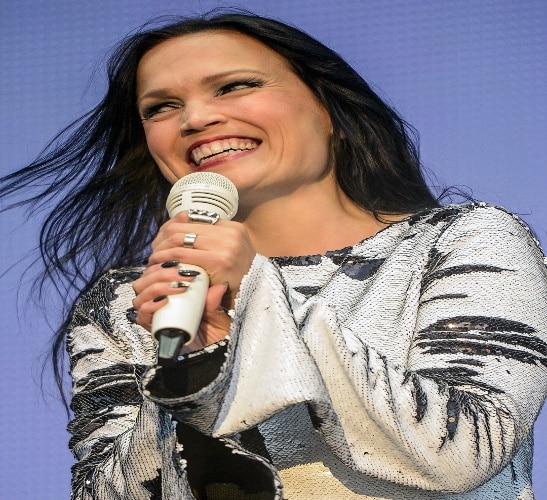
Ville Valo

Some art work in Finland include:

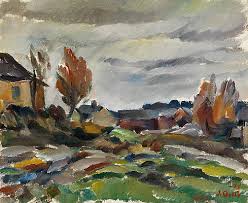




MEALS IN FINLAND
Uudet Perunat Ja Silli – a dish made from freshly-harvested potatoes and fleshy herrings.
Poronkäristys – a dish not popular in Finland alone, but other neighboring countries.
Lohikeitto – a rich soup of salmon filets, diced potatoes, carrots, herbs, cream and fish stock.
Ruisleipä – it is the most important building block of Finnish cuisine, just few dishes are complete without it.
Paistetut Muikut – it is a popular dish in Finland; fried fish and chips.
Hernekeitto – Finnish families usually enjoy this meal with pannukakku.
Uudet Perunat Ja Silli

Poronkäristys

Lohikeitto

Ruisleipä

Paistetut Muikut

Lihapullat

Kalakeito – this dish consist of freshwater and saltwater fish; salmon, trout or pike.
Hernekeitto – an old traditional dish in Finland.
Riisipuuro – a rice porridge that is easy to prepare.
Makaronilaatikko – this food is popular among students. It is made by sauteing beef with onions.
Cabbage roll – this meal is one of the most popular veggies available
Kalakeito

Hernekeitto

Riisipuuro

Makaronilaatikko

Cabbage roll

ENVIRONMENTAL CONSERVATION AND HABITAT PROTECTION IN FINLAND
Finland’s land area is covered by forests to a greater than 75% extent. Recent years have shown a 30% increase in forest regeneration over annual fellings. In fact, over the past 50 years, the growing stock in Finnish forests has increased. The Finnish forest industry’s output as well as the consumption of domestic wood have both greatly expanded concurrently. Future development is assured by sustainable forest management. In Finnish woodlands, spruce, pine, downy birch, and silver birch predominate. These are all indigenous tree species to Finland.
Private non-industrial forest owners, who control 60% of the Finnish forests, are the majority owners. State ownership covers 26% of the forests. Of the productive forest land, businesses own 9% and other entities 5%. Private forest owners provide over 80% of the domestic wood used by the forest sector. The average forest property is 30 hectares in size, and there are around 620 000 forest owners.
200 species and 68 habitats from the natural directives are covered by Finland’s Natura 2000 sites. Depending on the site’s location, the local biodiversity, the designation being utilized, and the attributes the site is intended to protect, different species and ecosystems are protected in different sites. With 328 sites having more than 20 features, just 1 feature is protected across 81 sites.










EFFECT OF CLIMATE CHANGE IN FINLAND
For some areas of the Finnish economy, such agriculture and forestry, the immediate consequences of climate change are anticipated to be favorable, at least initially. At the moment, 2.7% of Finland’s GDP is made up of the agricultural, forestry, and fishing sectors. However, due to the fact that these basic goods are employed as raw materials in the food and forest products industries, their economic importance to Finland is larger.
The most climate-sensitive economic sector in Finland is the agricultural industry. Contrary to many countries in the south, it is predicted that climate change will benefit Finnish agriculture. The lengthened growing seasons brought on by rising temperatures, the expansion of the cultivated zone northward, and the rise in atmospheric carbon dioxide levels will undoubtedly increase agricultural profitability. Finland’s ability to produce its own protein could possibly increase with the profitable cultivation of new, more productive types like maize.










GENDER EQUALITY IN FINLAND
In the EIGE’s Gender Equality Index 2021, Finland has a score of 75.3 out of 100.
Some prominent women in Finland include:
Tanja Karpela – finnish politician and former beauty queen who served as Minister of Culture.
Li Sigrid Andersson – Finnish politician who is currently serving as Minister of Education.
Krista Kiuru – Finnish politician who served as Minister of Housing and Communication, as well as Minister of Education and Communication.
Anne Holmlund – Finnish politician and former Minister of Interior.
Tanja Karpela

Li Sigrid Andersson

Krista Kiuru

Anne Holmlund

Anne Berner – business executive, board professional and former Minister of Transport and Communication in Finland.
Tuija Kaarina Brax – Finnish politician and former Minister of Justice.
Maria Guzenina – Finnish politician and journalist.
Arja Inkeri Alho – Finnish politician and former Deputy Minister of Finance.
Anne Berner

Tuija Kaarina Brax

Maria Guzenina

Arja Inkeri Alho
